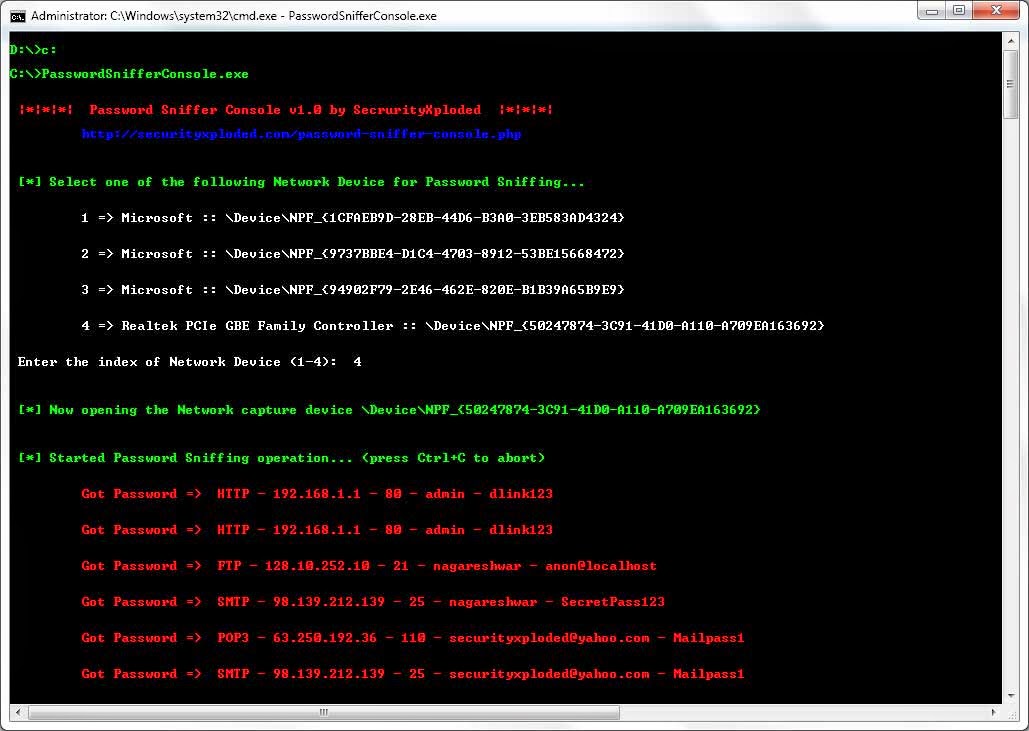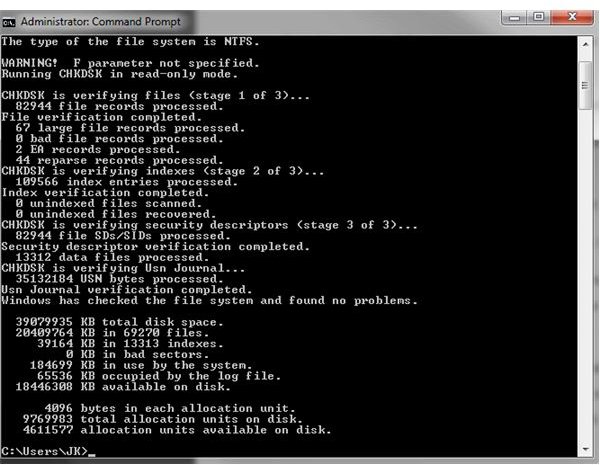

But unlike Linux, macOS does not support virtual terminals by default. Applying Your Linux+ Skills to macOS: Devices and System InitializationĪs you now know from my introductory article, macOS is a flavor of UNIX, similar to Linux.Applying Your Linux Skills to macOS: Understanding Apps.Applying Your Linux Skills to macOS: An Introduction.Check out the other articles in the series: This article is part two in a series about using Linux skills when working in a mac operating system. What Renewal Options Are Available to You?.Open the manual page for the dscl command. Include the -la option to list the contents in long format. List out the directory contents of /Applications/Utilities. What keyboard shortcut quits a manual page?įor answers to these review questions, click here.

What command provides the manual pages for a command? Where is the Terminal app located in macOS? Search within a manual page by pressing the Forward slash key (/). The which command provides the file path to a certain command.įor example, which ls provides the path to the ls command. The man command provides the manual pages, or help documentation, for certain commands.įor example, man ls provides the manual pages for the ls command. Multiple options and arguments can be applied to a command, depending on the intended result. Ls / lists the contents of the root directory, regardless of where the user is located. Ls -l lists, and provides additional information about, the contents of the current directory.Īrgument: provides additional information to the program, such as file path. Option: modifies a command, the effect of which is determined by the command's program The prompt in the Terminal displays the current user, hostname of the computer, and current directory.Ĭommand: a program or utility that will complete the actionįor example, the ls command will list the contents of the current directory. The default login shell for computers running macOS Catalina or later is Z shell (zsh). The Terminal title bar shows the current directory, login shell, and current window size. The CLI can be accessed with the Terminal app in macOS, found in /Applications/Utilities. The command-line interface (CLI) is a powerful tool for performing advanced tasks as an IT administrator. MacOS has a graphical user interface (GUI) that includes the Finder, designed to easily access files and perform tasks on a Mac.


 0 kommentar(er)
0 kommentar(er)
